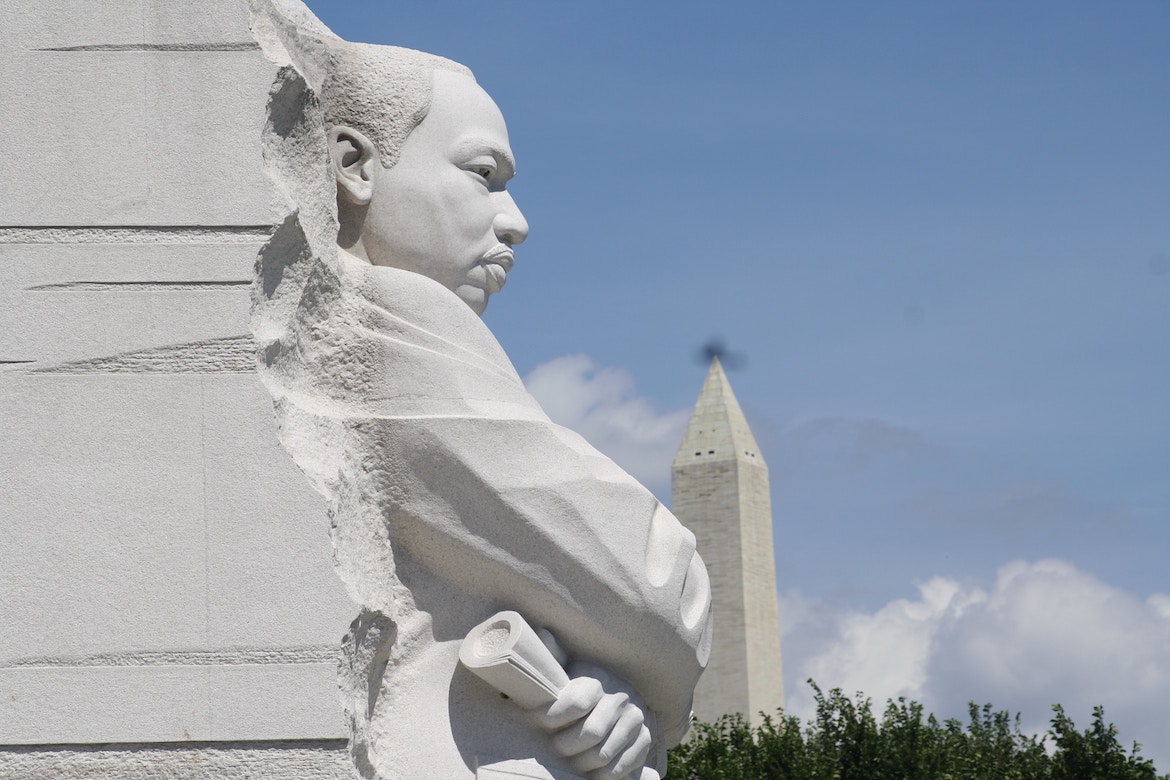
Dr. Bernard Lafayette Jr., a disciple of Martin Luther King Jr., has spent more than a half-century advocating and agitating for human rights and nonviolence. Dr. Lafayette worked intensely with Dr. King, a colleague and close friend, to create and refresh the resistance strategies that propelled the United States civil rights movement forward.
After attending Dr. Lafayette's Kingian nonviolence training, I had the opportunity to talk with him about the idea-generation process that he, Dr. King, and other leaders used to generate and assess new tactics during the civil rights movement. Dr. Lafayette described a process that was far more democratic and deliberative than one would expect, based on the typical portrayals of Dr. King as a superhuman who morally and intellectually towered over his peers.
It was a process that invited suggestions from a myriad of sources and routinely used the leadership meetings to debate and evaluate various suggestions. Participants were assigned sides of each issue to ensure that the contrarian perspective was a part of the discussion. In a society engulfed by so much vitriol, violence, and the temptation to retaliate, one could argue that many of the movement’s successes would not have materialized without this slow and deliberative group decision-making process.

Photo by Woubishet Z. Taffese on Unsplash
My conversation with Dr. Lafayette reminded me of James Loewen’s highly acclaimed Lies My Teacher Told: Everything Your American History Textbook Got Wrong, a book that explores the “heroification” of iconic figures in American history.
Loewen fears that the portrayal of prominent public and political actors as lone wolf geniuses who prevail despite their interactions with others, not because of them, distorts history and our understanding of what constitutes a productive decision-making process. Additionally, it risks turning students of history into spectators of current events waiting for the next hero to reveal their breakthrough innovative solution—instead of our contributing to the cultivation of our collective genius.
Innovative ideas are not like the birth of Athena who sprung from the head of Zeus, fully developed and armed for battle. Innovative ideas take time to form, with many people contributing to their creation and maturation.
In Where Good Ideas Come From: A Natural History of Innovation, Steven Johnson debunked the long-held notion that a heroic individual with a eureka moment is the primary source of innovation. Instead, it is a rarity that we should never expect.
For Johnson, the best way to think about how the innovation process works is by imagining a series of networked conversations like those Dr. Lafayette, Dr. King, and other leaders shared with one another during the height of the civil rights movement.
Ground zero for innovation is not the brain of a solitary leader; it is a conversation through which multiple perspectives are interrogated, deliberated, and legitimized. Innovation is inherently a social project.
The Social+Justice Innovation Institute (S+JII) seeks to produce learning environments that harness our collective genius through a series of engaging and entertaining discussions that subsequently reveal the innovative benefits of hosting conversations that, in turn, entertain a diverse array of perspective and ideas.
Our goal is to create educational opportunities that advance our understanding of social justice, while providing participants with strategies for producing innovative responses to the injustices that they seek to eliminate.
Ed Lee III, EdD
Curriculum Director & Lead Facilitator
Social+Justice Innovation Institute
References
Johnson, S. (2011). Where Good Ideas Come From: A Natural History of Innovation (Reprinted). New York, NY: Riverhead Books.
Loewen, J. (1995). Lies My Teacher Told Me: Everything Your American History Textbook Got Wrong. New York, NY: The New Press.